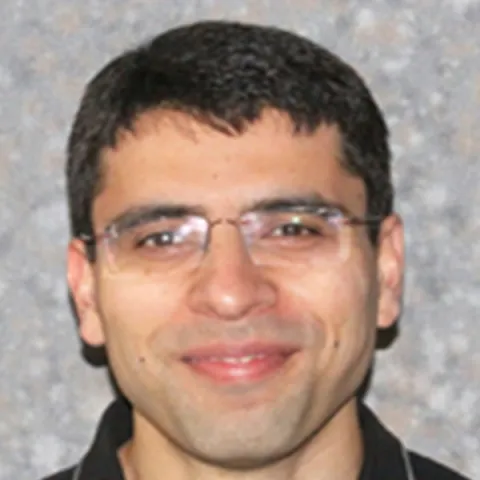About the project
Black holes are the densest form of collapsed matter. Understanding these enigmatic objects has implications not only for extreme physics at energies far beyond what we can create in laboratories, but also for galaxy evolution and cosmology. Theories of black hole growth suggest that there ought to be many more active supermassive black holes in neighbouring galaxies than known at present. We now have new powerful telescopes to find these black holes using X-ray and infrared light. The e-ROSITA mission will create the most sensitive X-ray maps of the entire sky to-date, and data from powerful facilities such as NASA's JWST and WISE (and soon WFIRST) telescopes and Europe's Very Large Telescope interferometer will be available in the infrared.
This is an ideal opportunity for a PhD student to join revolutionary new telescope surveys with extensive data rights to answer important questions in black hole astrophysics. There will be opportunities to travel abroad observing, collaborations, data analysis. You will learn big data analysis from very large surveys, and develop expertise in statistical techniques with wide applicability beyond astrophysics.
